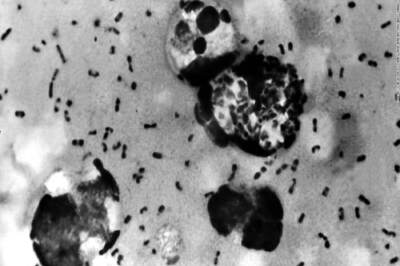
views
THIRUVANANTHAPURAM: One lucky man of God is Archbishop M Soosaipakiam. He lives in a veritable Eden, as discovered by Friends of Trees, which conducted a census and identification of the flora at the Latin Archbishop’s House campus at Vellayambalam. The census in the two-hectare plot threw up 363 trees of 45 species belonging to 40 genus and 25 families. The campus has all the familiar varieties, including coconut palms, mango trees and areca palms and some that are somewhat rare - like the Silver Oak or the Cannon Ball Tree, for example. That coconut palms dominate the scene may not come as a surprise. There are 98 in all. Next comes arecanut palms - 70. Mahogani, Swietenia macrophylla, the common type found in Thiruvananthapuram with the big leaves comes third - 28. The rarer variety, Swietenia mahogani with the smaller leaves, has one representative in the campus. This, along with ‘Elichuzhi’ (Diospyros buxifolia - ‘mala muringa’), comprise two of the rarest trees in the campus, according to C K Karunakaran, general secretary of Friends of Trees, who has compiled booklets on the trees in various campuses across the city. The Bishop’s House, in fact, is 16th in his list. Other trees in the Bishop’s House campus include cashew (1), mango (8), custard apple (1), mast tree (‘arana maram’ - 18), monkey puzzle (Araucaria - 1), fountain tree (6), copper pod (12), tamarind (1), casuarina (4), ‘khaja’ (‘mulluvenga’ - 4), ‘vatta’ (1), cinnamon (1), queen’s flower (4), neem (3), acacia (1), ‘manchium’ (2), ‘manjadi’ (8), jackfruit (9), ‘ayani’ (10), bread fruit (5), banyan tree (1), drumstick (3), nutmeg (2), cannon ball tree (‘nagalingam’ - 3), eucalyptus (2), rose apple (1), guava (3), ‘bilimbi’ (1), sago (‘choondapana’ - 2), palm (3), coral tree (4), ‘seema konna’ (1), ‘bija sal’ (‘venga’ - 1), silver oak (1), ‘maddi’ (3), sandal (1), ‘sapota’ (9), ‘anathondi’ (2) and teak (28). Listing the trees is a tough job, says Karunakaran. ‘’The Bishop’s House took two three to four months,’’ he says.




















Comments
0 comment